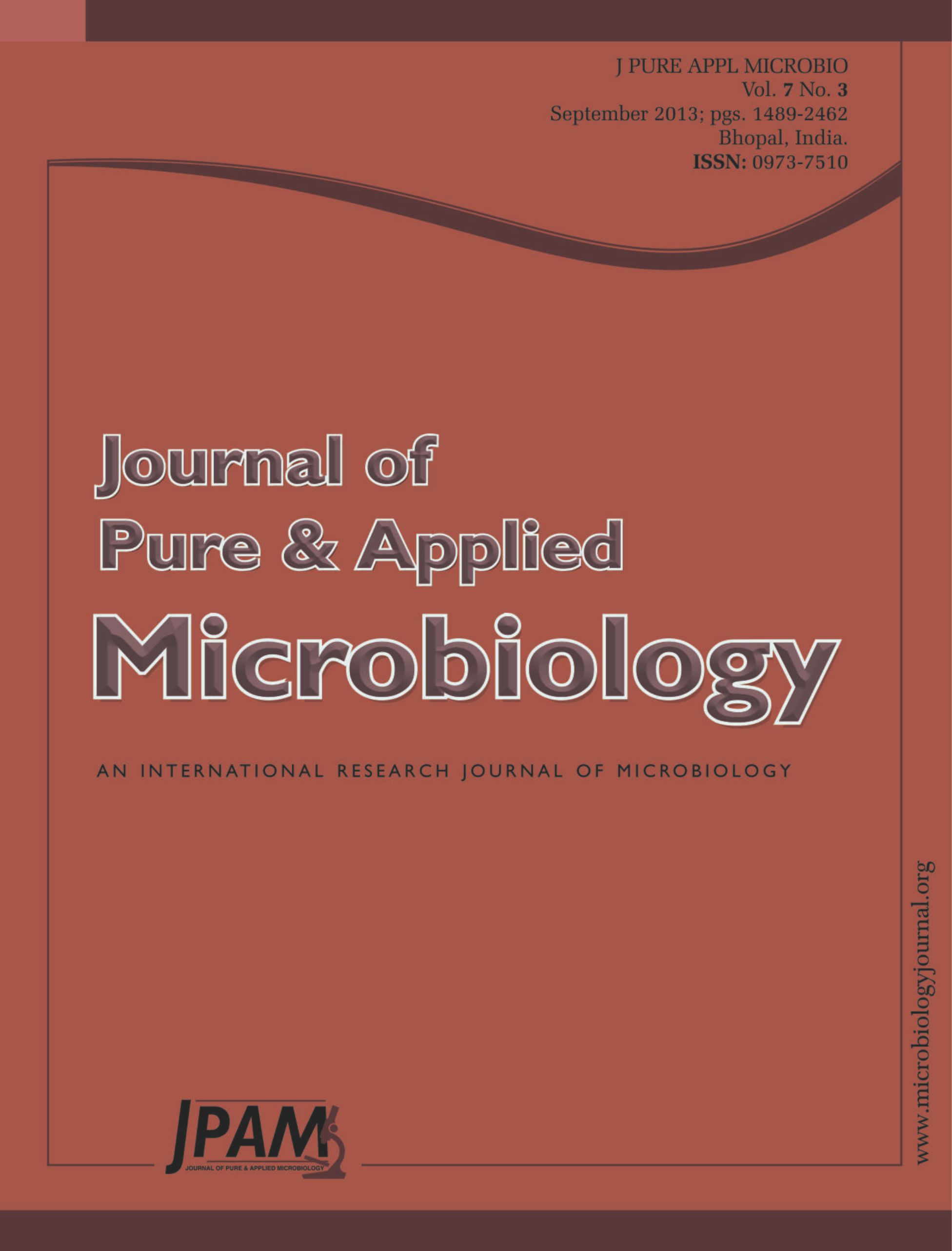In this work, BIOLOG community-level physiological profile (CLPP) technique was employed to explore the bacterial community functional diversity from different depth (0.5 m, 30 m and 65 m) and sites (site A, site B and site C) of the JIN PEN drinking reservoir, China. The results showed that the highest bacterial community activities expressed as average well color development (AWCD590nm) was observed in 30 m, the lowest was observed in 65 m. The significant “sites” and “depth” indicates that the AWCD590nm varied among the sites within the depth (P<0.01). Whilst, species richness diversity (R) was significantly higher in 30 m than that of 0.5 m and 60 m, but there were no significant two-way interactions for R and Shannon’s diversity index (P>0.05). Meanwhile, Principle component analyses (PCA) of BIOLOG profiles indicated that bacterial community functional diversity was changed in different depths and sites. Carbon substrates with highest significant correlation coefficients for PC1 and PC2 were hydroxy butyric acid and mannitol. Overall the findings increased our knowledge about the aquatic bacterial community diversity in drinking water constitute a potential health risk, because increased functional microbial communities may influence drinking water quality.
Drinking water reservoir, carbon sources, bacterial community diversity, Community-level physiological profiles (CLPPs)
© The Author(s) 2014. Open Access. This article is distributed under the terms of the Creative Commons Attribution 4.0 International License which permits unrestricted use, sharing, distribution, and reproduction in any medium, provided you give appropriate credit to the original author(s) and the source, provide a link to the Creative Commons license, and indicate if changes were made.


